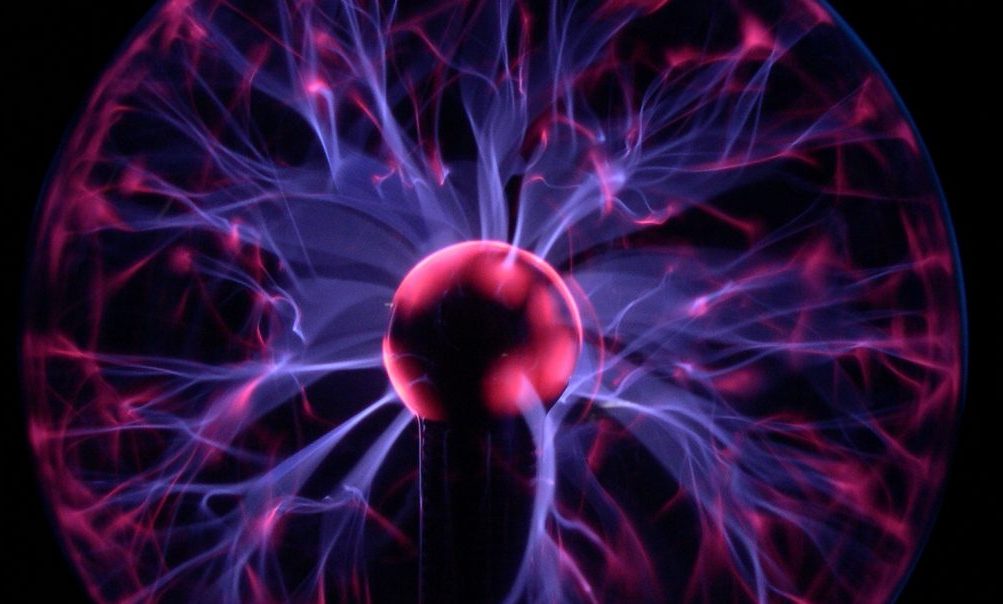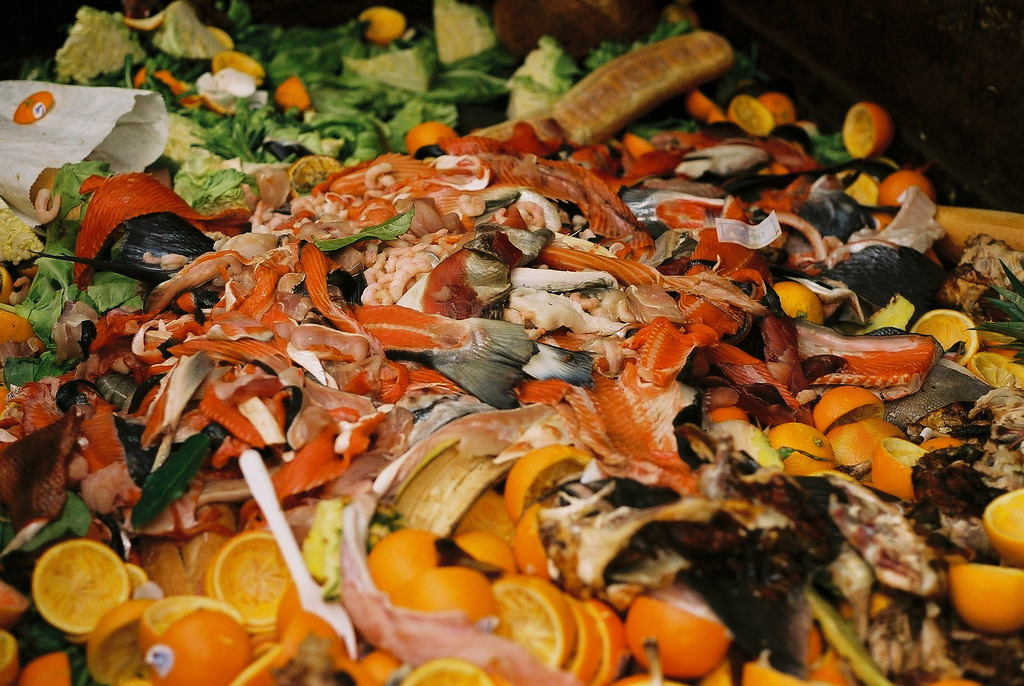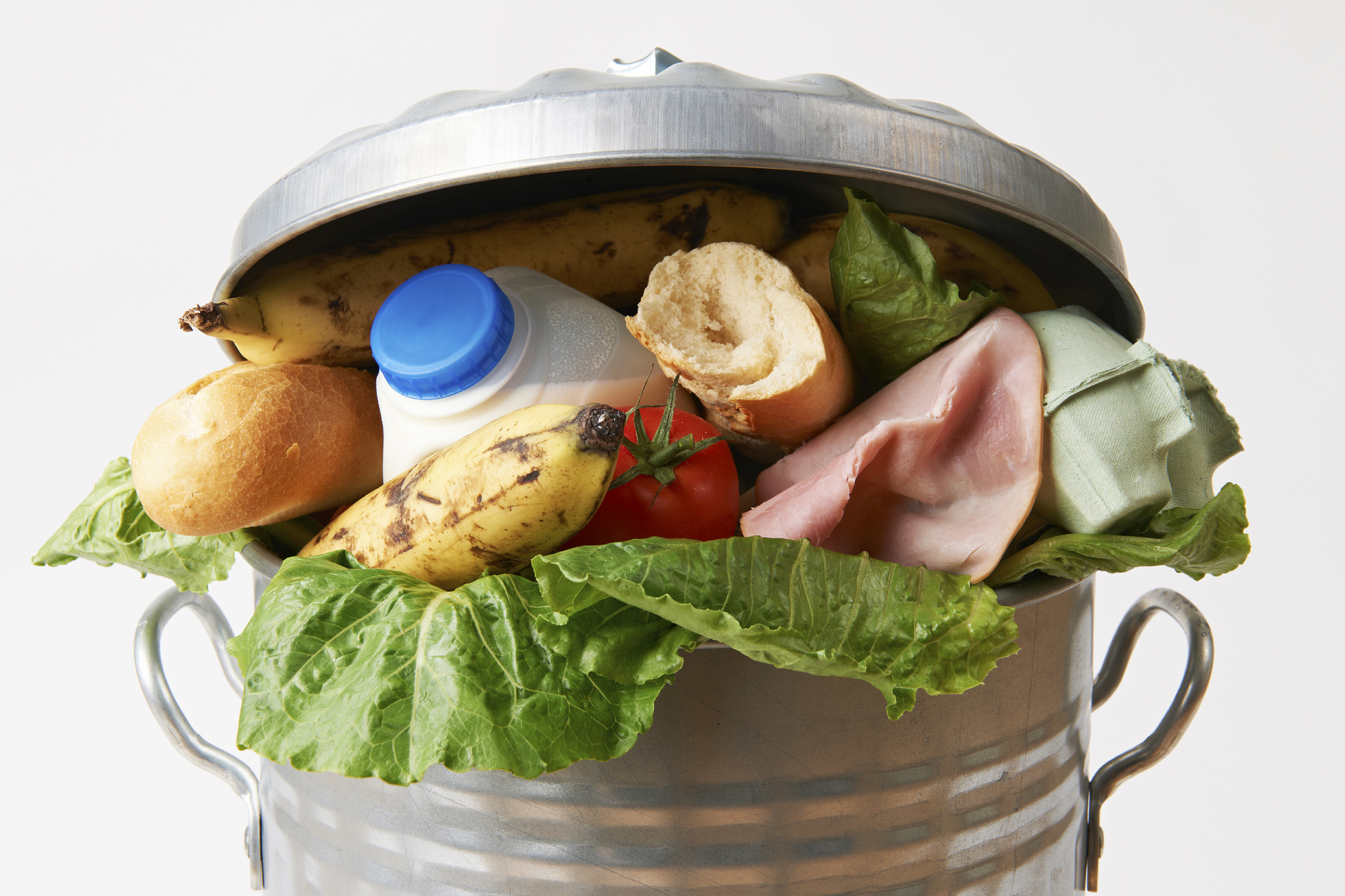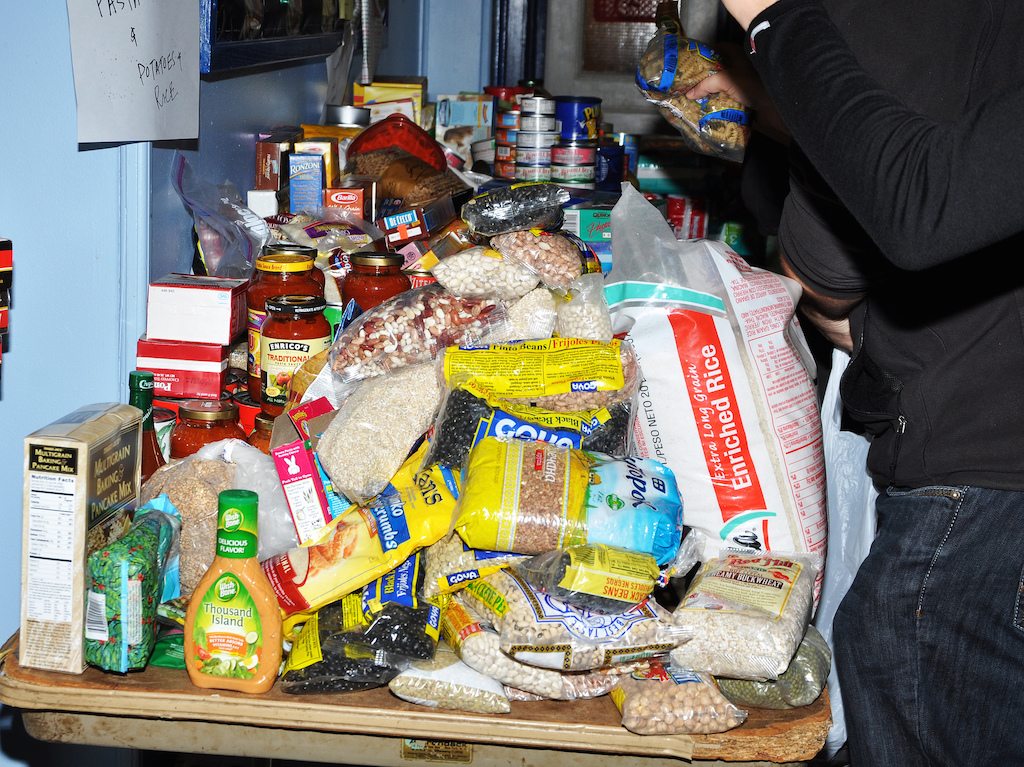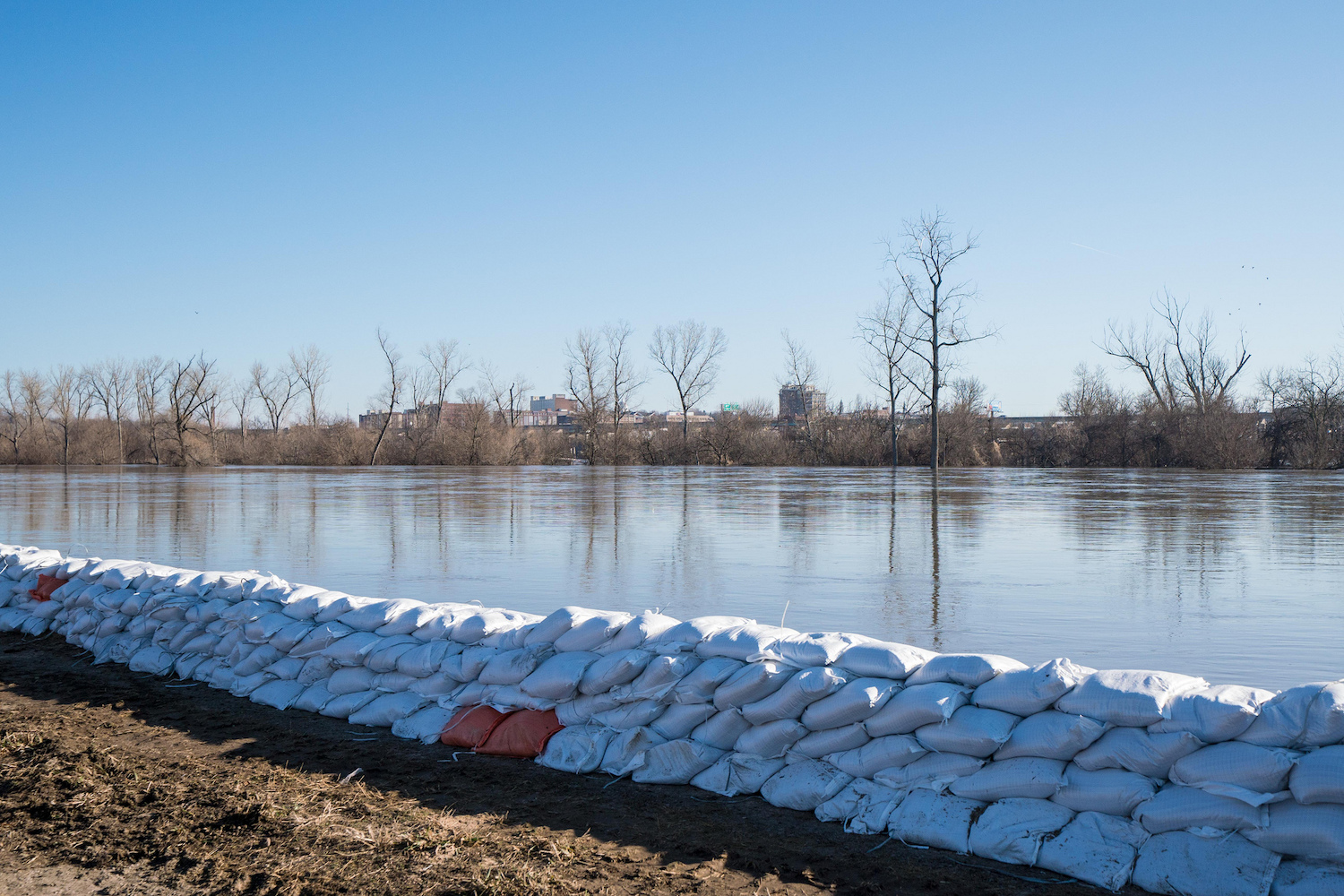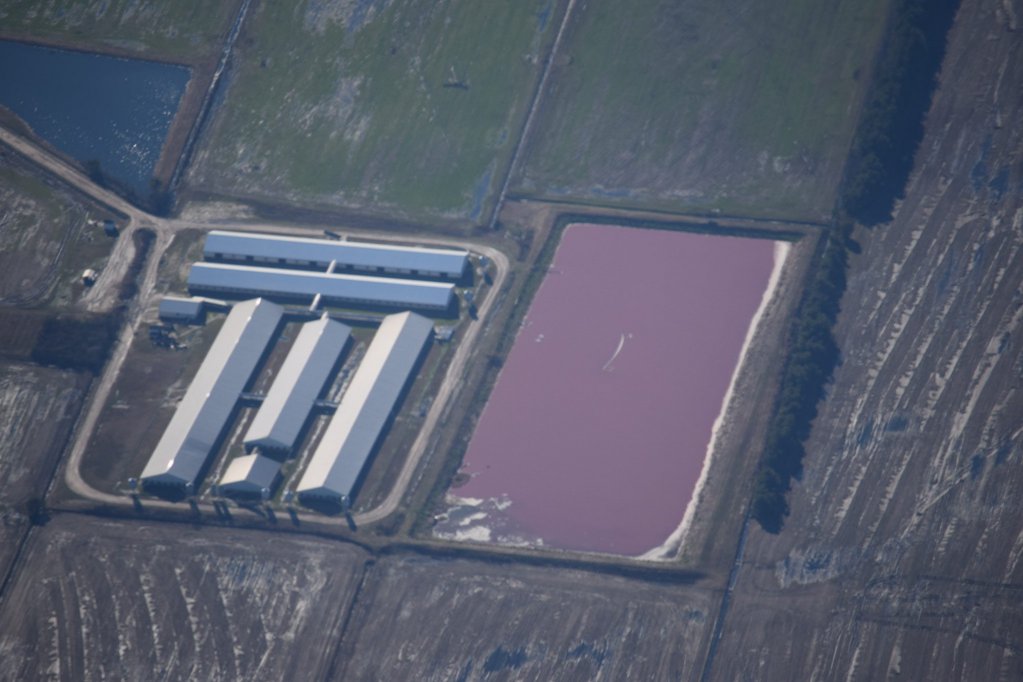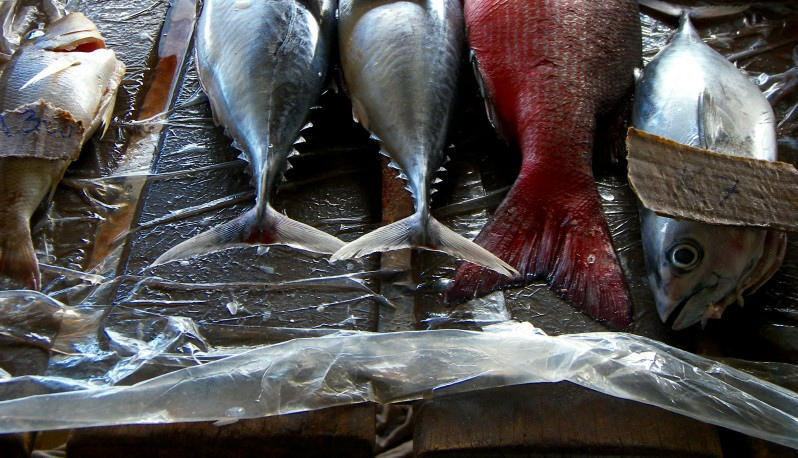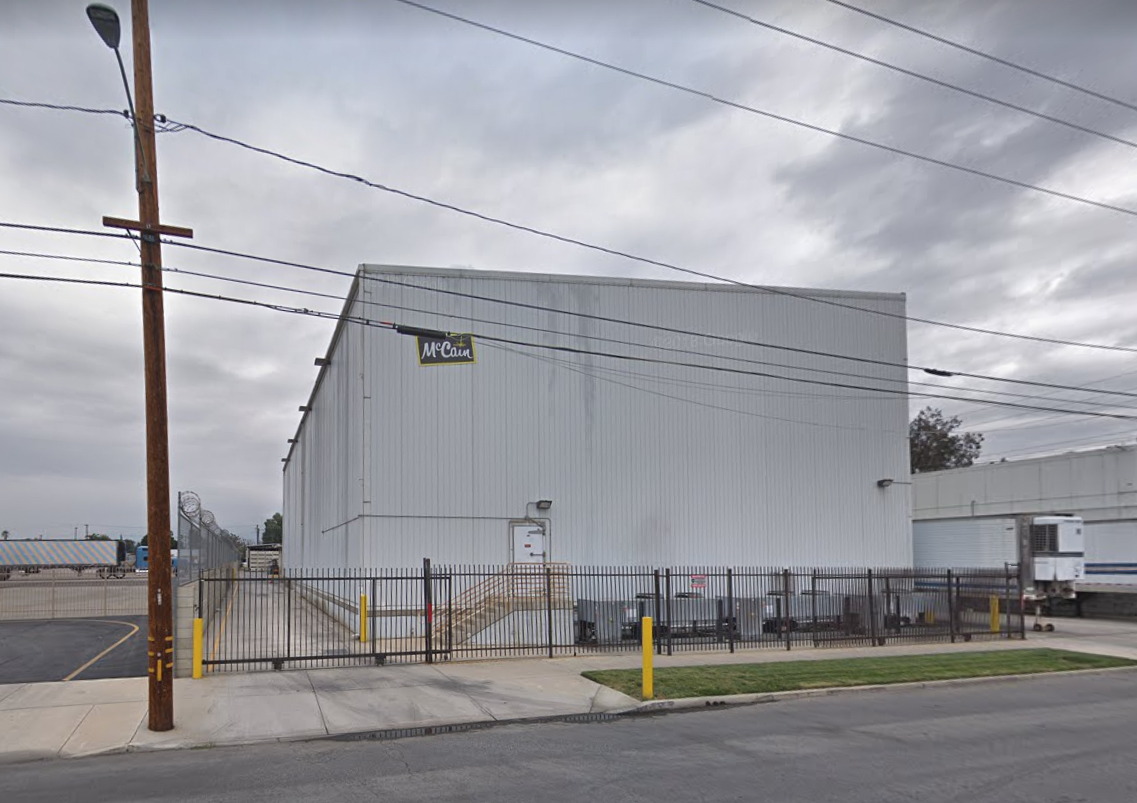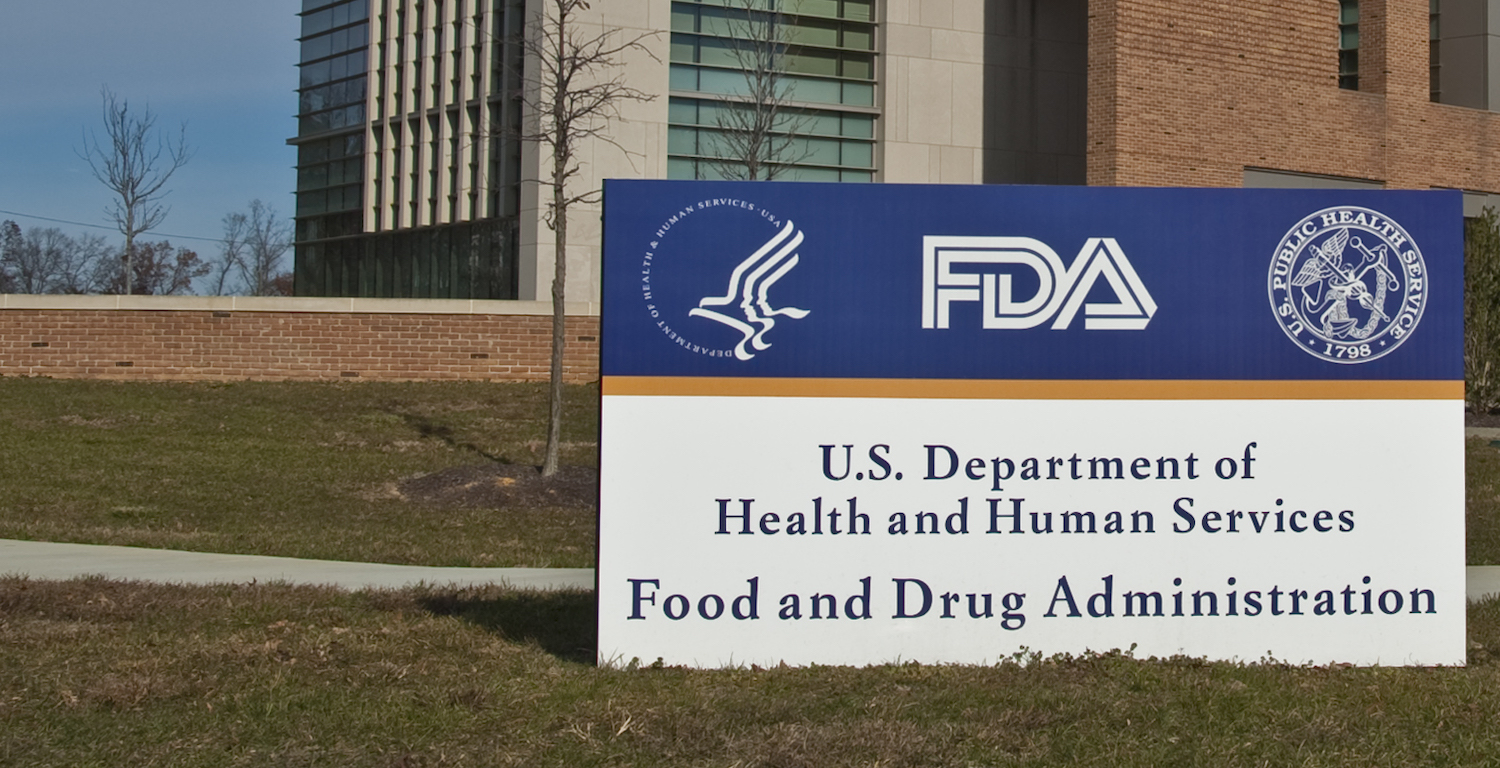Now and then, a scientific discovery emerges that looks like the solution to, well, everything. It will cure diseases, advocates declare; it will boost intelligence, save energy, improve mileage, eliminate ugly belly fat, and remove common household stains.
For a while, developers will try to include it in anything you can think of. When I was a kid, chlorophyll was the thing; for a couple of years you could get chlorophyll soap and toothpaste, cough drops, clothing, pet food, even cigarettes. Then people gradually discovered that, as good as chlorophyll sounded in principle, the products were disappointing, and they faded away. This was at least a harmless fad, unlike the earlier craze for radium in the early 20th century. Then, people carried hunks of it with them, made jewelry of it, and drank irradiated water, thinking they were accessing the secret key to great health, when in fact they were slowly killing themselves.
The scientific fads of recent years are mostly tamer by comparison, but they still happen. In the 1980s, it looked like drugs based on interferon, a substance produced naturally by the human body, could be a panacea for all sorts of viral diseases and cancers. Interferon is still in use, and still important in a handful of conditions, but most of the hopeful predictions turned out to be not quite true. The same thing is happening with the explosion of interest in drugs that treat cancer by eliciting the body’s own immune system to fight tumors. The drugs can be great, but they don’t work on everything, and they can have serious side effects. We end up with a good tool, but the promised miracle gets ground down by reality.
The latest of these hot technologies—at least the latest one to affect the food industry—is cold plasma treatment, which Food Safety News last week called out as the “hottest new food safety treatment.” The claim sounds plausible, but cold plasma is definitely in its Miracle Cure Moment, when it looks like it can fix a huge range of intractable problems, many of which will probably remain unsolved after plasma finds its proper niche. Still, a technology worth thinking about.
In case you dozed off during that lecture in high school physics, plasma is the so-called fourth state of matter. If you start with, say, a lump of iron, that’s the solid state. Heat it up enough and it goes into its molten phase two, liquid. Heat it more and it becomes a gas, phase three. Heat it still more, and molecular bonds break down, and electrons come off the atoms, giving you a highly ionized glowing gas—plasma. (Heat isn’t the only way to turn a gas to plasma. You can also do it with powerful electromagnetic fields.) The sun is mostly plasma. So’s the stuff that gives off light in your fluorescent light.
Now, plasma is naturally hot, which can make it hard to work with, so researchers have been experimenting with cold plasma—which apparently is just plasma with lower temperature air mixed in. That lowers the temperature, but there are still plenty of high-energy ions in the mix ready to useful stuff.
Such as? Well, here are a few examples:
- • A team at Old Dominion University in Norfolk, Virginia, used a cold plasma “blowtorch” to treat leukemia. After ten minutes of exposure to the plasma, cancerous cells died off, while normal tissue was untouched. “We have a really amazing device,” the team’s director told Inside Science.
- • Scientists at the Moscow Institute of Physics and Technology aimed their cold plasma device at the kind of damaged cells found in healing wounds, and observed that the cells were rejuvenated and brought back to full function through a process called autophagy.
- • Cold plasma treatment is already used commercially to remove surface contaminants from products before painting them. (OK, you’re right. It does sound creepy to use the same process for healing wounds and prepping surfaces.)
- • In the food industry, a team led by researchers from the USDA have been experimenting with cold plasma to kill pathogens on produce. Their version of the plasma torch uses ordinary air instead of helium or exotic gases; it draws about as much electricity as a hair drier; and it can kill norovirus on blueberries without damaging the fruit. Previous tests by a related team found that they could use the torch to kill salmonella on blueberries. One of the advantages of the approach: Once the plasma has done its work, it reverts to the air it was created from, as electrons settle back in place and molecular bonds are restored. No dangerous by-products. If the process works and makes economic sense, it could transform our sense of food safety. Produce, poultry, and meat could arrive at supermarkets and restaurant kitchens virtually free from pathogens. A risk that has become, for example, a key obstacle to the practice of feeding freshly prepared food to school kids.
Yes, it sounds too good to be true. And it probably is. I know of nothing wrong with any of these experiments, but long experience and many disappointments have taught me to wait until a concept moves from bench experiment to honest-to-god product in the marketplace before I get my hopes up.
That seems like normal caution to me. But here’s the question: If it makes sense not to get too optimistic about a potential new process or product, how far ought we to go in digging in our heels against it? It’s easy to think of objections to widespread use of cold plasma to sanitize food: It’s not “natural” (I don’t particularly buy that argument, but it’s going to be raised). Anything capable of killing bacteria and viruses is capable of causing other hard-to-detect changes in food; we shouldn’t allow use of cold plasma on food until we’re positive that it doesn’t (which means, I imagine, we’ll start using it about the time we start growing USDA-certified organic GMO crops). It’s all a plot to give more money to middlemen, processors, and Big Food in general, and though it sounds like it could lead to better food, it’s going to hurt small farmers.
Are those arguments right? Possibly. Realistically, we won’t really know until we know more—that is, until cold plasma is closer to market. The same kind of patience that optimists need to develop in contemplating scientific innovations is something skeptics need to cultivate as well. It probably sounds like a riff on the give-Trump-a-chance shtick, but I don’t think it is. We’ve had imperfect technology in the past. We’ll have it in the future. But at some point, we’re going to hit a point where it’s good enough. (Some people would argue that we’re already there in some areas.) It’s important not to miss that moment when it arrives.
